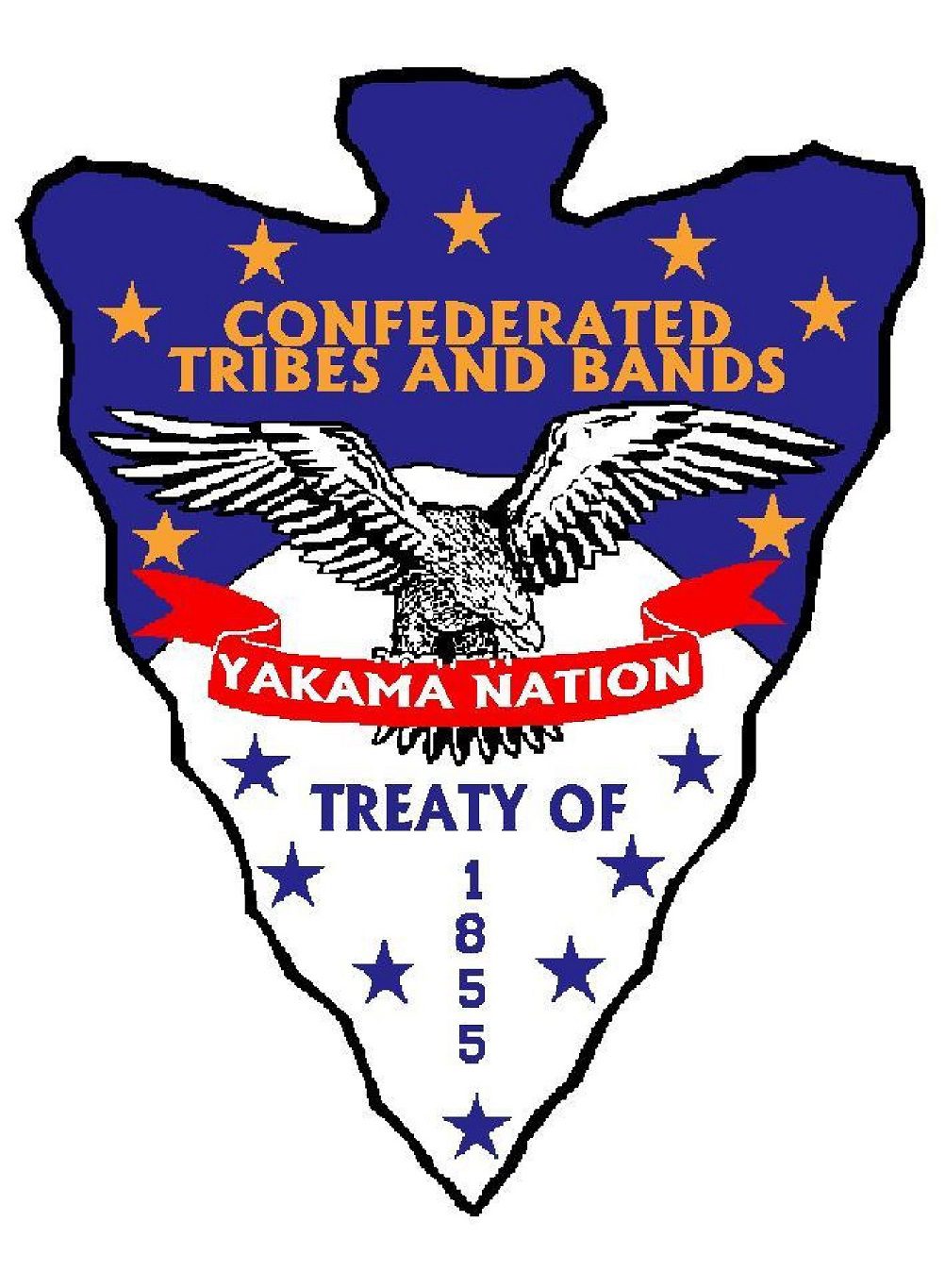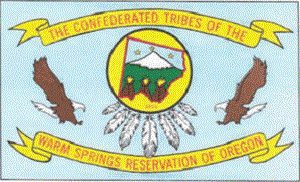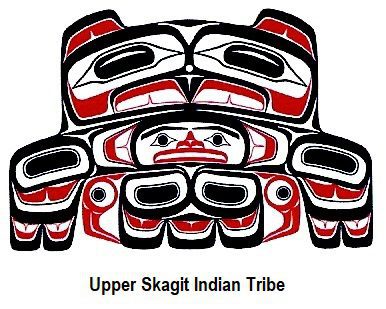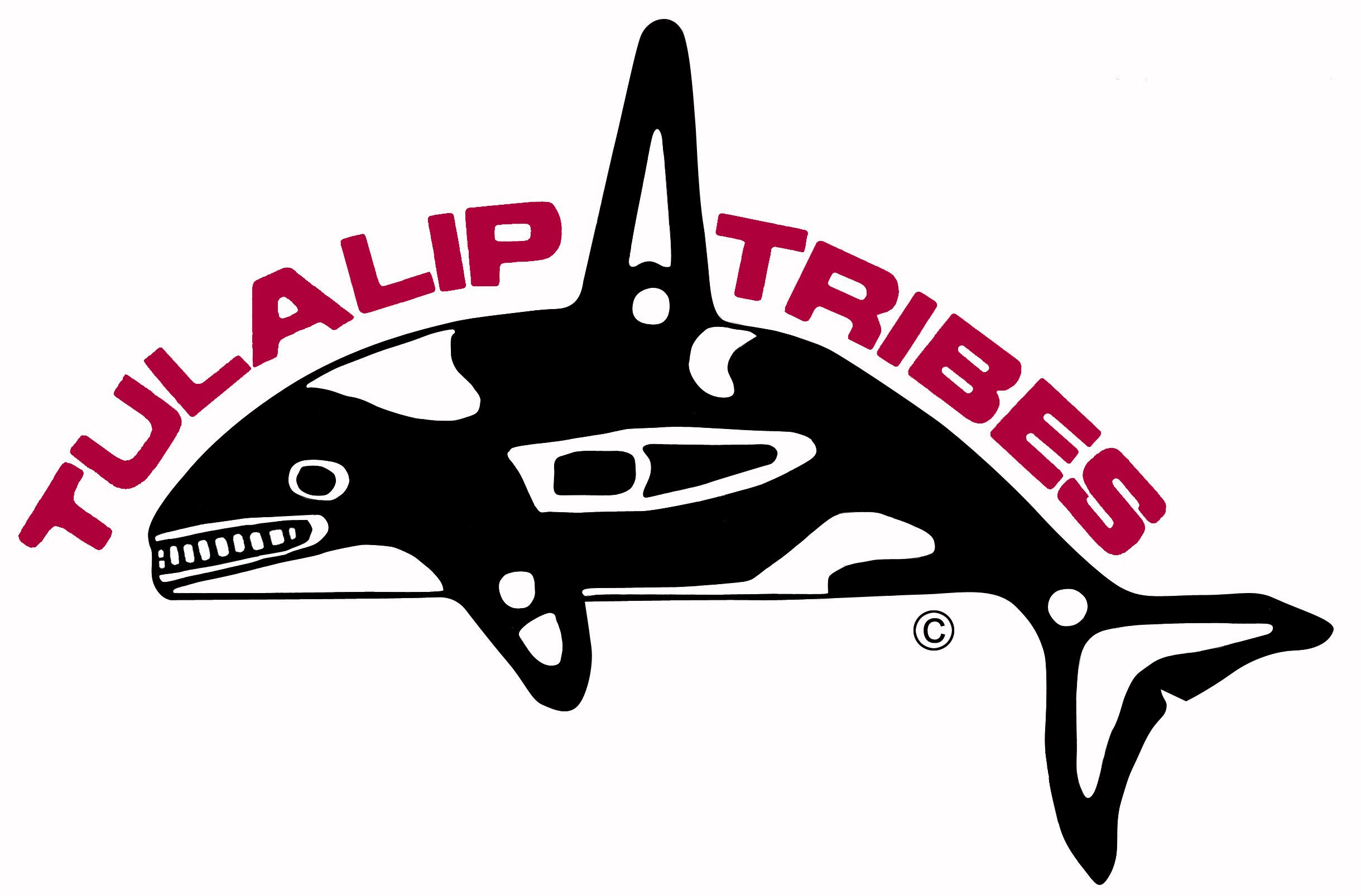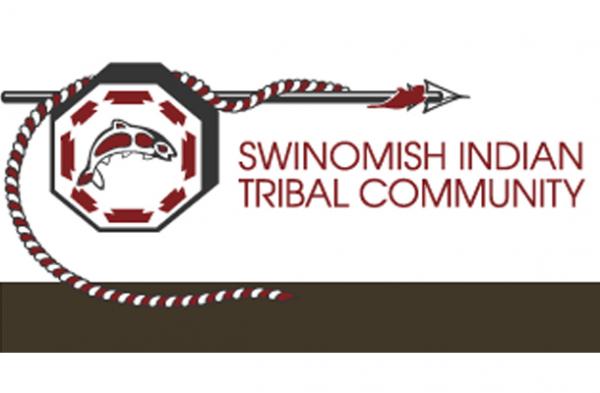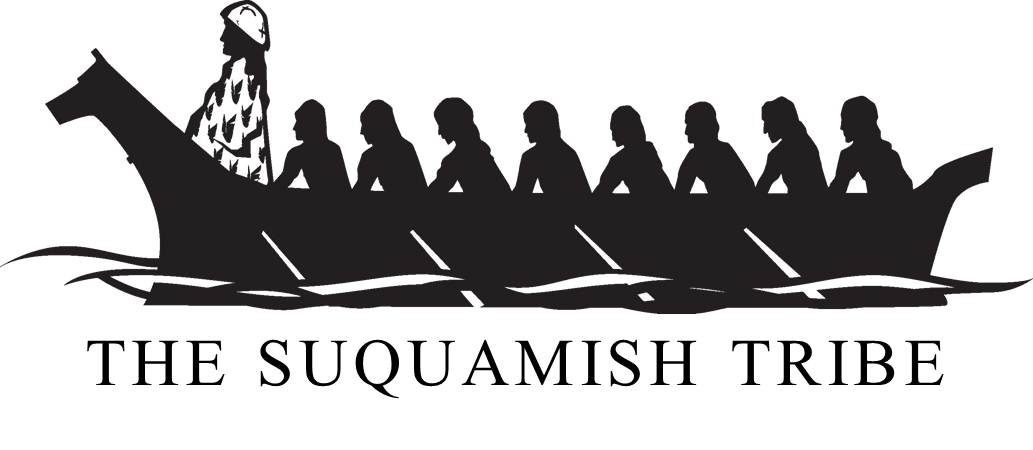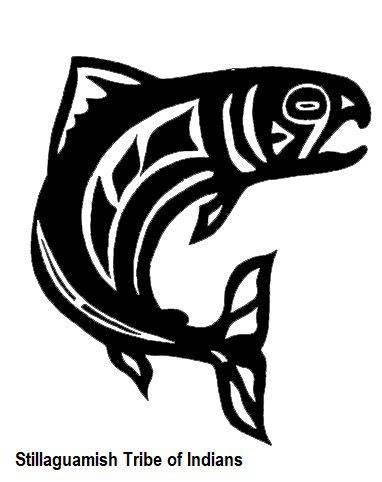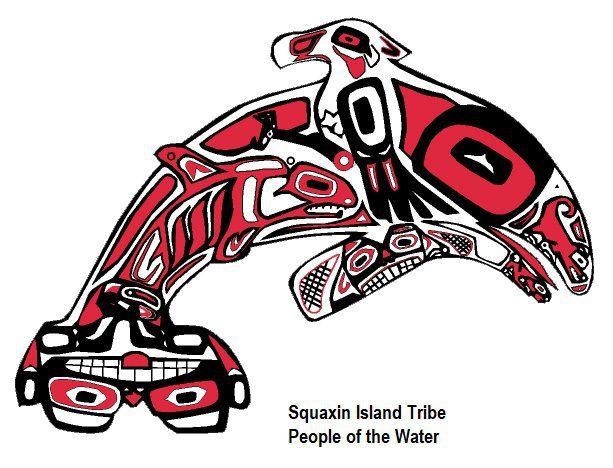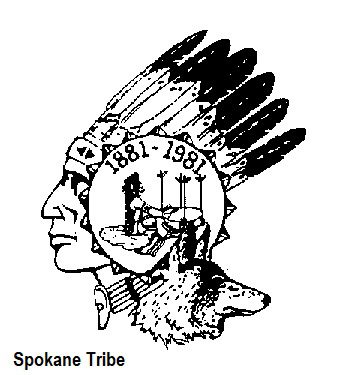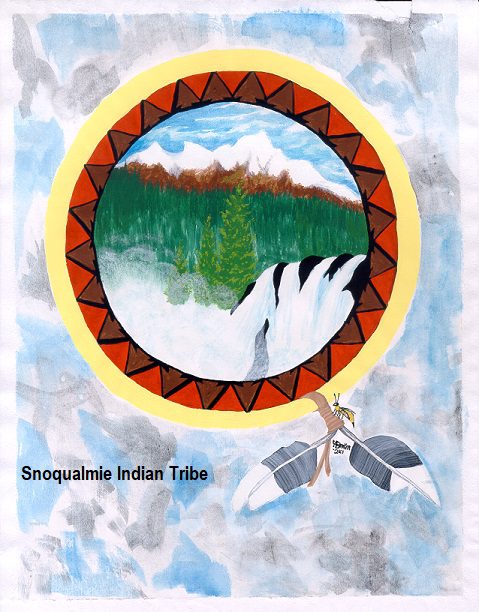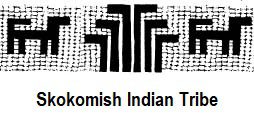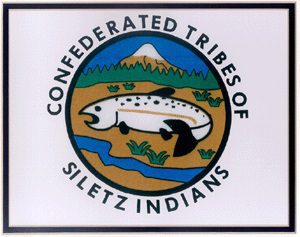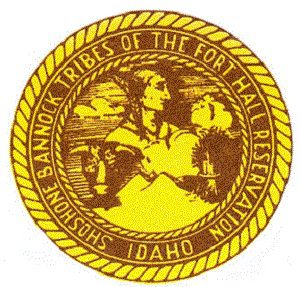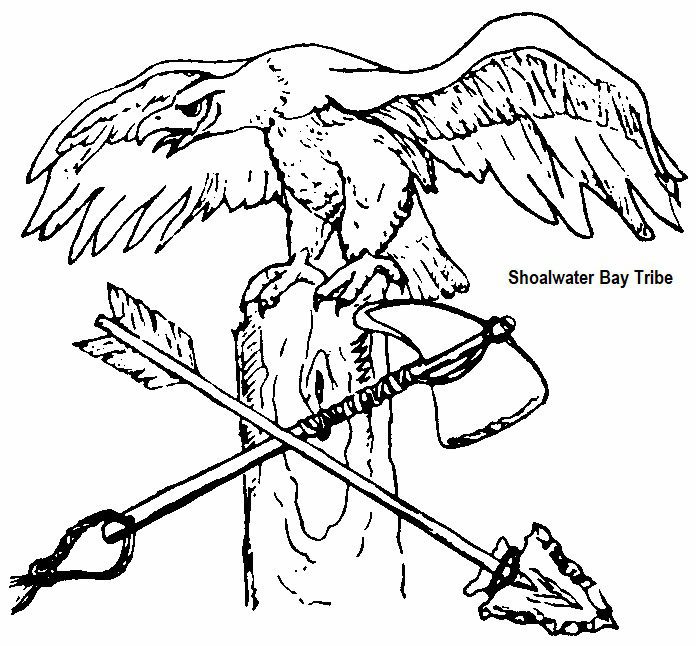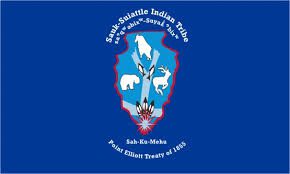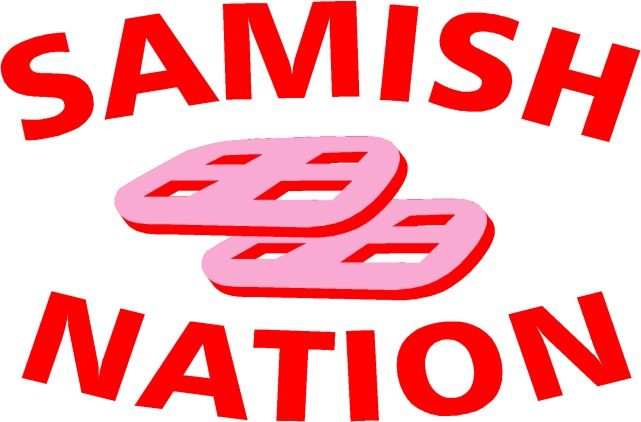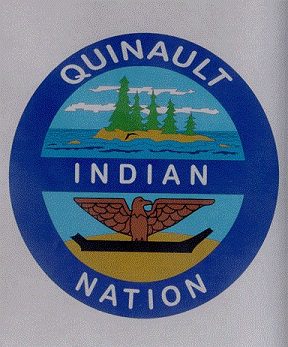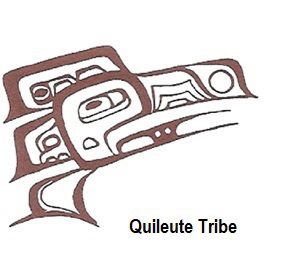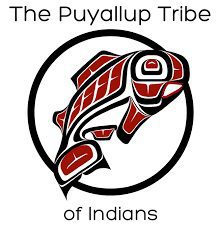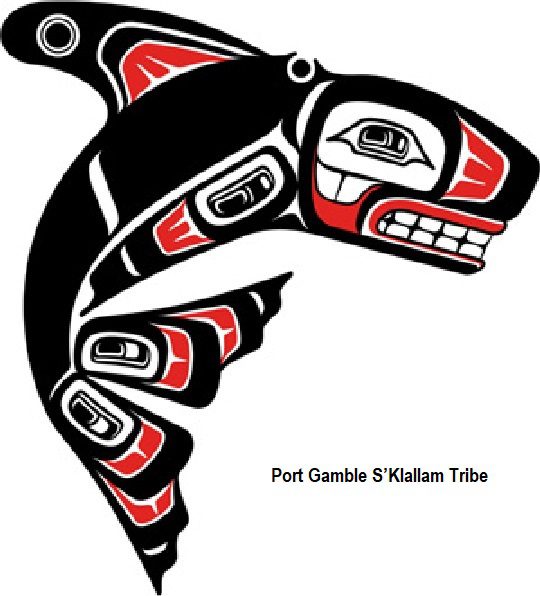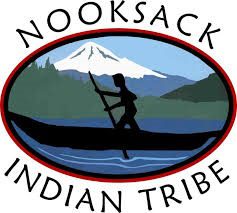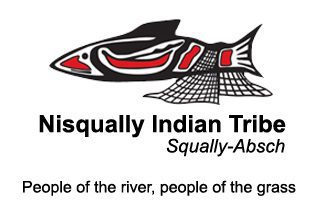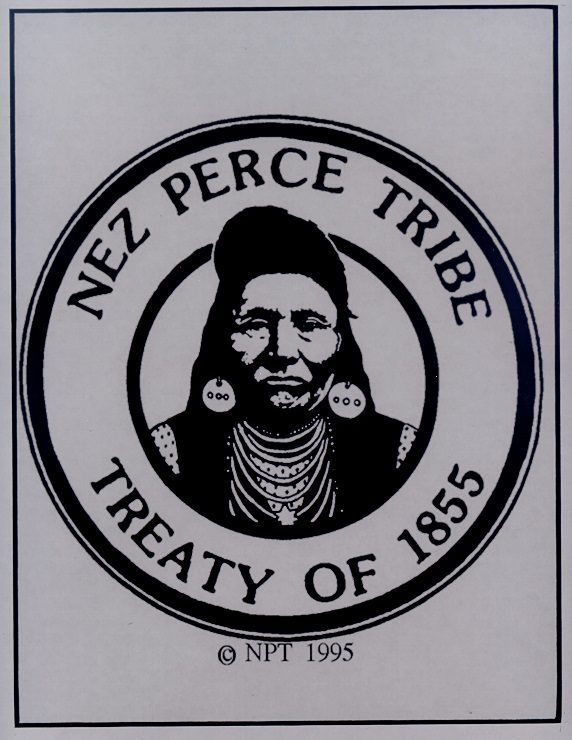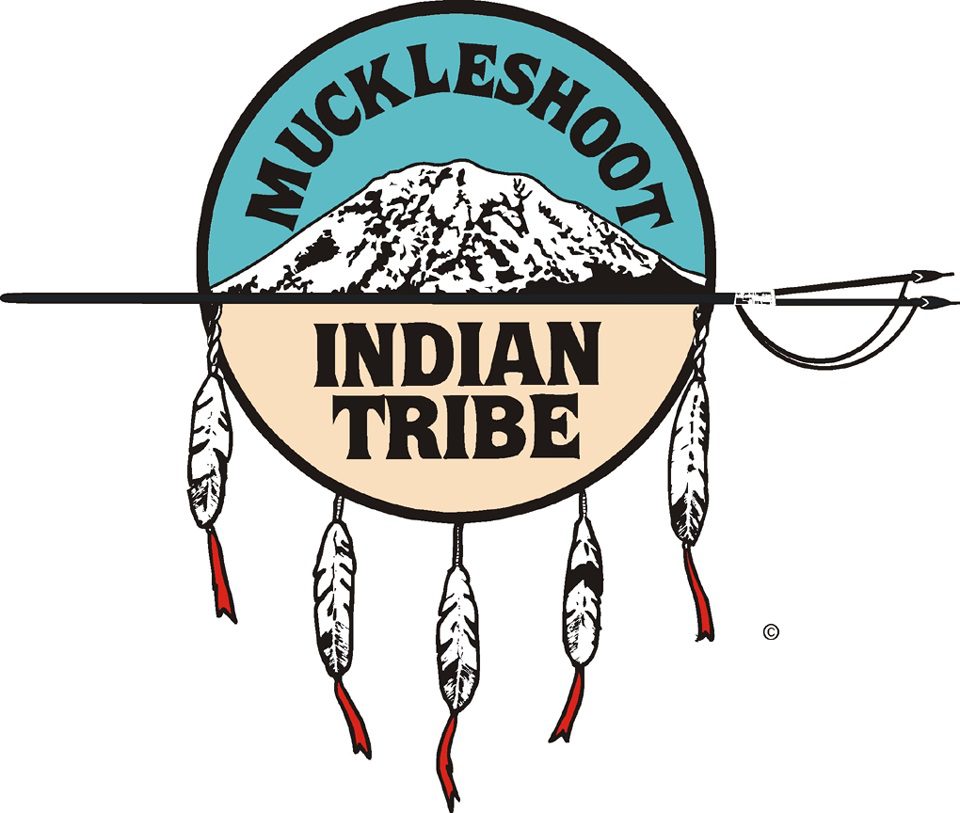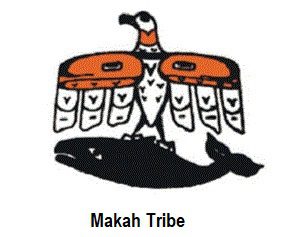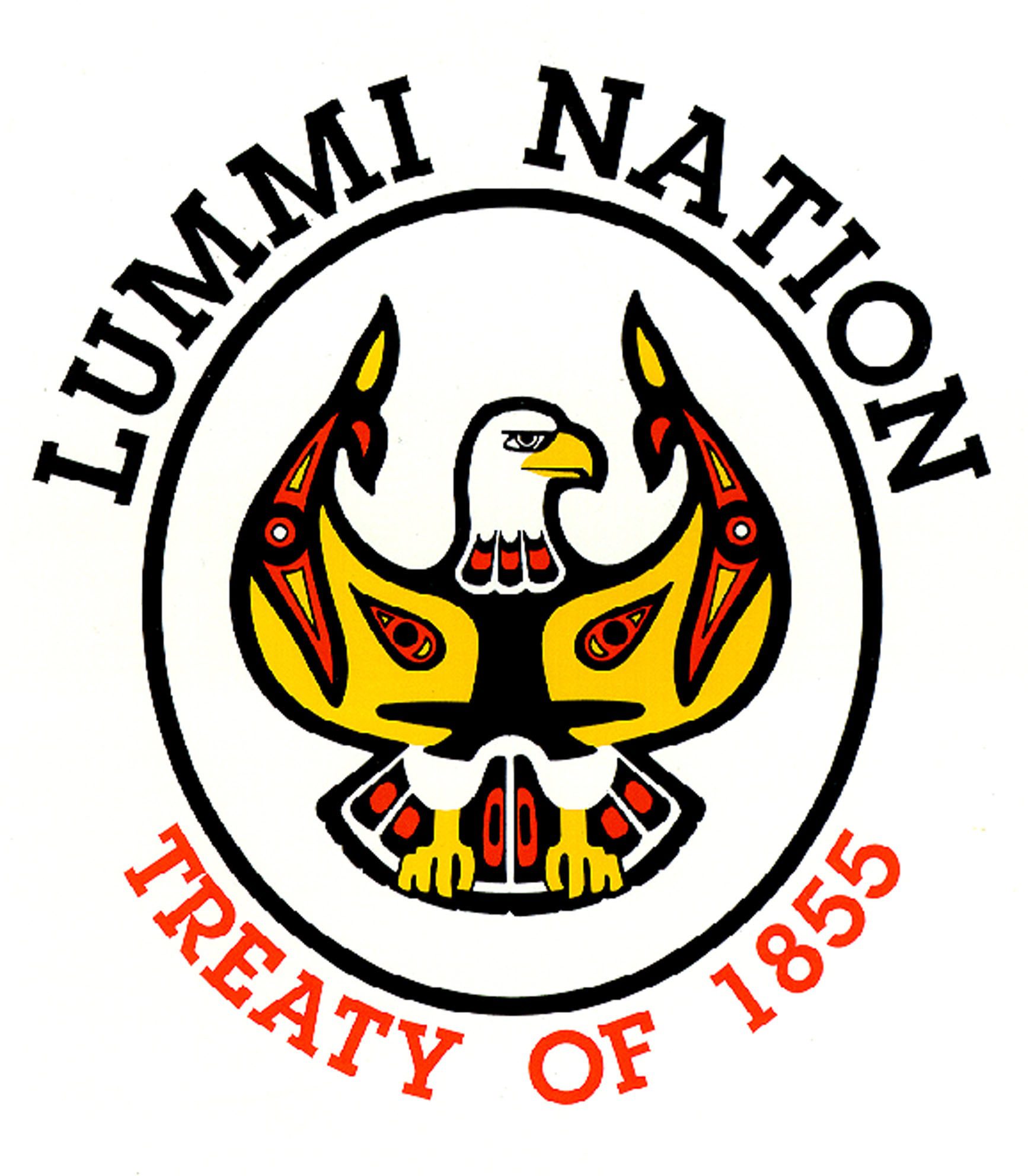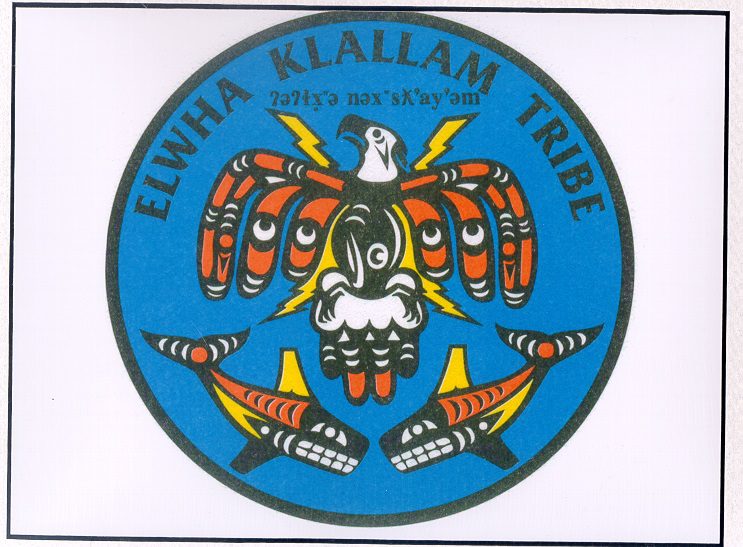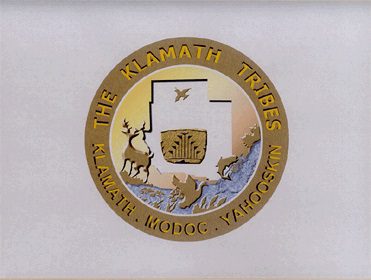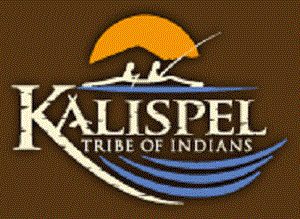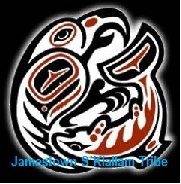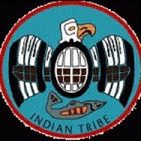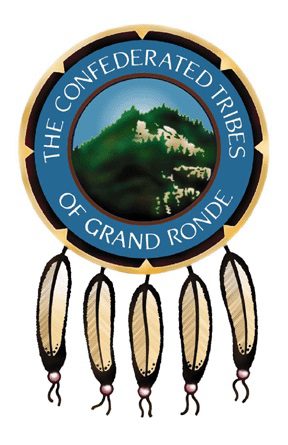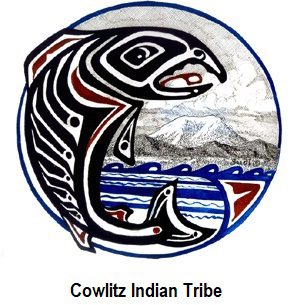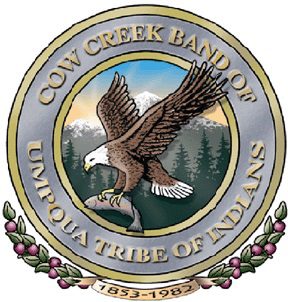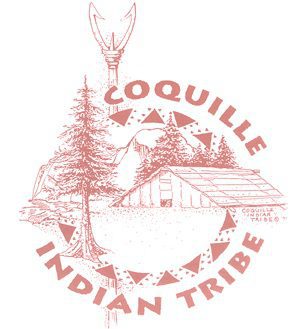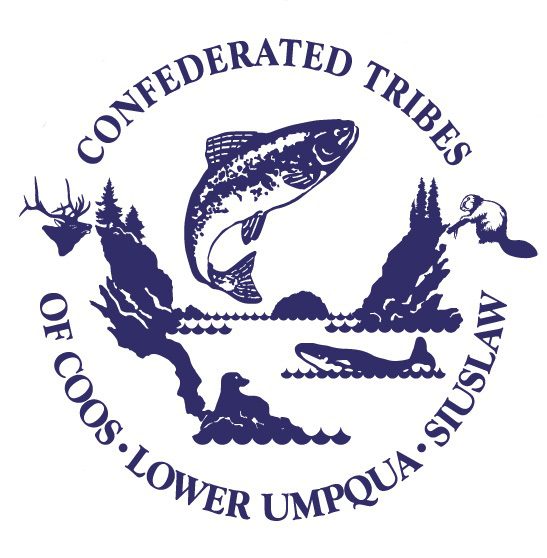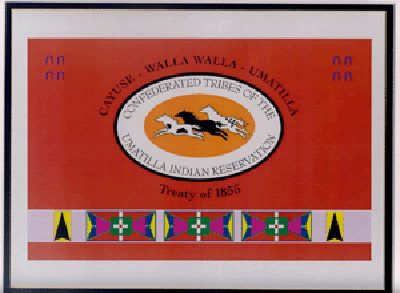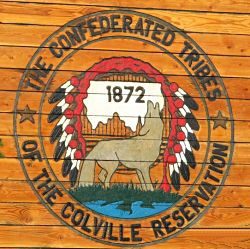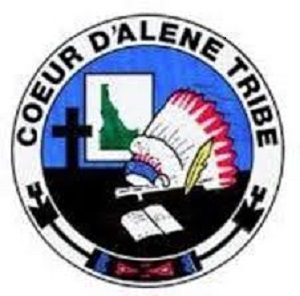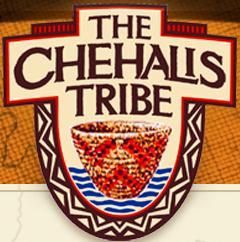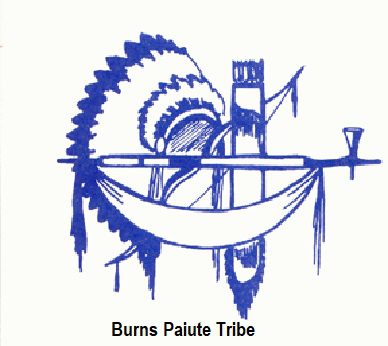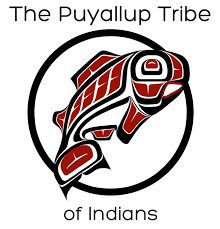Yellowhawk Tribal Health Center is located approximately ten miles from Pendleton, Oregon, and provides outpatient primary care to members of the Confederated Tribes of the Umatilla Indian Reservation (CTUIR), and other eligible American Indians.
Since 1996 Yellowhawk Tribal Health Center has been a Tribally governed facility. The Board of Trustees established the Tribal Health Commission to provide policy oversight for all programs contracted and compacted from the Federal Government. The Health Commission promulgates rules and regulations subject to Board of Trustee approval. Services include outpatient medical, dental, mental health, alcohol / drug treatment, and aftercare programs. Yellowhawk 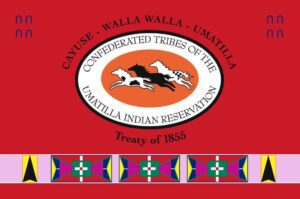 Tribal Health Center also offers pharmacy services, medical laboratory, radiology and a DUII diversion program.
Tribal Health Center also offers pharmacy services, medical laboratory, radiology and a DUII diversion program.
Yellowhawk Community Health and outreach programs include Public Health Nursing, CHR Services, WIC/Nutrition, Health Education, Senior Meals and Caregiver Services.
Before European contact, the members of the Cayuse, Umatilla, and Walla Walla people were 8,000 members strong. Our people lived in the Columbia River region for more than 10,000 years, moving in a large circle from the lowlands along the Columbia River to the highlands in the Blue Mountains to fish, hunt and gather food.
Until the early 1900’s, our ancestors moved in a yearly cycle, from hunting camps to fishing spots, to celebration and trading camps. The three tribes spent most of their time in the area that is now northeastern Oregon and southeastern Washington, subsisting on salmon, roots, berries, deer and elk.
In 1855, the Cayuse, Umatilla and Walla Walla tribes and the U.S. Government negotiated a treaty in which 6.4 million acres were ceded in exchange for a reservation homeland of 250,000 acres. As a result of federal legislation in the late 1800s that reduced its size, the Umatilla Reservation is now 172,000 acres — 158,000 acres just east of Pendleton, Oregon plus 14,000 acres in the McKay, Johnson, and McCoy Creek areas southeast of Pilot Rock, Oregon.
In Article I of the Treaty of 1855, the Confederated Tribes of the Umatilla Indian Reservation (CTUIR) also reserved perpetual off-reservation rights to fish at usual and accustomed sites and to hunt, gather medicines such as roots and berries, and pasture livestock on unclaimed lands. Tribal Members continue to exercise these rights throughout the CTUIR’s area of traditional use, which extends to and beyond harvesting fish at Willamette Falls in Western Oregon to hunting buffalo in hunting buffalo in the Greater Yellowstone Area, as they have since time immemorial.
While our lands and way of life have changed in the years since European contact, we hold strong to our ancestry and culture. Our traditional religion Washat, or Seven Drums, is still practiced by some tribal members. In the way of our elders who came before us, we worship, dance, drum, sing and continue to gather foods, treading along some of the same paths they did to find food for our families and tap into our rich heritage.
The Confederated Tribes of the Umatilla Indian Reservation is made up of three tribes: the Umatilla, Cayuse, and Walla Walla tribes.
When the leaders of the three tribes signed a treaty with the United States in 1855, they ceded 6.4 million acres of homeland in what is now northeastern Oregon and southeastern Washington. The 172,000-acre Umatilla Indian Reservation, almost half of which is owned by non-Indians, includes significant portions of the Umatilla River watershed.
The Umatilla are governed by a Board of Trustees composed of nine members elected by the General Council. Tribal headquarters are located in Mission, just outside Pendleton, Oregon.
Language for the people of Nixyáawii, the place of many springs, is a way of life and being.
The Cayuse, Umatilla, and Walla Walla were confederated under the Treaty of 1855, yet each maintains a distinct heritage and unique dialect. Throughout history, several CTUIR dialects have been spoken.
Today, speakers of all levels speak Umatilla and Walla Walla. The Umatilla language is the southern Sahaptin dialect and the Walla Walla is the northeast dialect of Sahaptin. Weyíiletpuu is a dialect of the Nez Perce language as used by the Cayuse people. A distinctive dialect of the Cayuse people has not been used since the 1940’s and is designated as extinct.
Prior to the 1855 Treaty, the Tribes’ economy consisted primarily of intertribal trade, livestock, trade with fur companies, and hunting, fishing, and gathering.
Today, the economy of the Confederated Tribes consists of agriculture, livestock, timber, recreation, hunting, fishing, and commercial development such as a mini-market/gas station, trailer court, grain elevator, and the Wildhorse Resort (which includes a casino, hotel, RV Park, and 18-hole golf course). In July 1998, the Tribe opened its Tamastslikt Cultural Institute as the centerpiece of the Resort. CTUIR is the owner of Cayuse Technologies, a new business that opened on the Umatilla Reservation in 2006.
Since time immemorial, long before the invention of the word “wellness,” CTUIR leaders have been concerned with the health of its people.
Despite political ups and downs, the CTUIR’s philosophy on healthcare remained constant, particularly in three areas:
-
- Lifestyle decisions are ultimately the responsibility of the individual,
- Wellness is a dynamic relationship between the individual and the environment, and
- The community should participate in determining its own healthcare needs.
It’s also important to note that the CTUIR is a model community in terms of participating in its own healthcare decisions. It was the first tribal group to utilize the Community Health Representative Program (established in 1968), and the first to own their own clinic (construction completed in 1972).
The Indian Self-Determination and Education Assistance Act of 1975 (Public Law 93-638) set the wheels in motion for the tribe to manage its own healthcare needs at a future date. Among other things, this law gave tribes the ability to determine how to use healthcare funds provided by the U.S. government. Around this same time, the American Academy of Pediatric Physicians recognized CTUIR as unique within the tribal healthcare system because of its emphasis placed on self-directed wellness and community-designed health initiatives. Case in point, in 1977, Yellowhawk sponsored its first Fun Run, when many people in the country considered the running of road races a trivial fad. Yellowhawk has always been forward thinking and innovative. In 1996, CTUIR assumed ownership and leadership of its tribal healthcare from Indian Health Services. Today, many tribes (there are more than 550 tribes recognized by the U.S. government) still do not own or govern their healthcare organizations.
Tribal Website
Phone: (541) 276-3165
46411 Timíne Way
Pendleton, Oregon 97801
Clinic website
Clinic Phone 541.966.9830
Confederated Tribes of the Umatilla Indian Reservation
Tribal Website
46411 Timíne Way
Pendleton, Oregon 97801
Phone: (541) 276-3165
FAX: (541) 276-3095
Yellowhawk Health Center
Mailing Address: PO Box 160
888.935.4295
Phone: 541.966.9830
Medical Appointments: 541.240.8661
Medical Records Fax: 541.240.8751
Member Tribes
